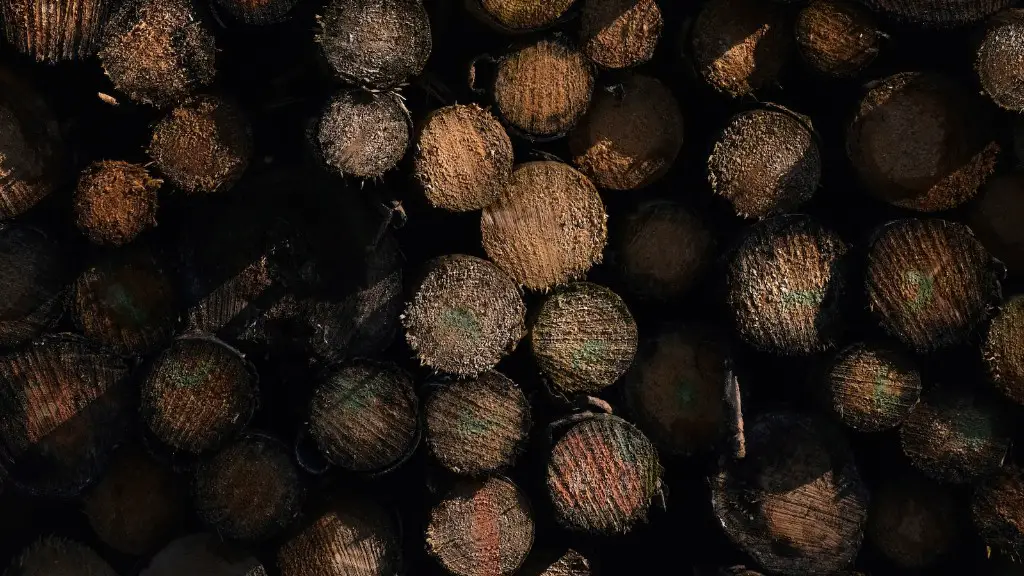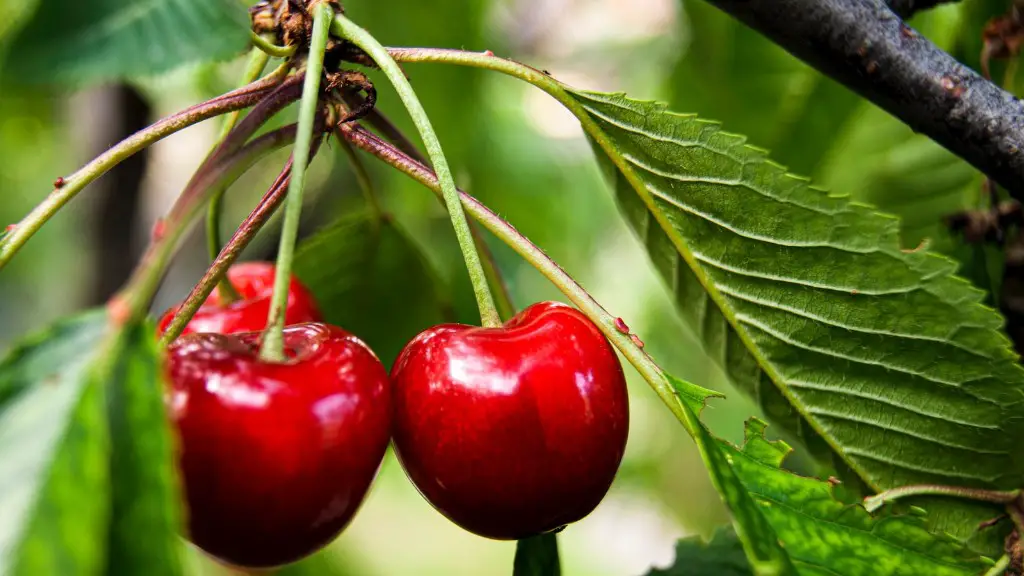Possible Causes
Palm trees are generally hardy plants, but when their foliage begins to turn brown and limp, homeowners may be left wondering why their palm tree is turning brown. Knowing the causes behind browning of palm trees can help diagnose the problem and take steps to remedy it. Common causes of a palm tree turning brown can be divided into three major categories – overwatering, disease, and extreme weather.
Overwatering can easily lead to a palm tree turning brown. Palms prefer to be watered deeply, but not often. Frequent, shallow watering can lead to iron and manganese deficiency, with iron being most common. The leaves of the tree will then curl up, droop, and turn yellow before brown. Brown tips may appear at first and the problem can spread until the entire leaf is involved. To fix this problem, cut back on watering and consult a specialist for a fertilizer that is specifically designed for iron deficiency.
Disease
Disease is another possible cause of a palm tree turning brown. Bacterial diseases are most common in palms, with the two most common being pink rot and lethal yellowing. Pink rot can cause rotting of the tree’s outer tissues and bark. The infected tissues become yellow-brown before turning pink and eventually sloughing off. To treat this disease, trim away the infected tissues and apply a fungicide.
Palms infected with lethal yellowing will turn yellow and then brown, with the different fronds turning at different rates. Many leaves may also sprout yellow spots filled with ooze. After months of gradual yellowing, the tree will eventually die. There is currently no known cure for this disease, so infected trees must be destroyed.
Weather
In addition to disease and overwatering, extreme weather can also cause a palm tree to turn brown. Temperatures below 30 degrees Fahrenheit can severely damage the tissue of palm trees and cause them to turn brown. Though some palms are more tolerant of cold temperatures than others, no palm can survive freezing temperatures. If the temperatures drop too low or stay cold for too long, the palm may turn brown or even die entirely. To prevent this from happening, wrap the trunk in burlap and insulate the top portion of the root ball if temperatures are expected to drop.
Nutrient Deficiency
Palm trees require adequate nutrition to stay healthy. Symptoms of nutrient deficiency can take several forms, such as yellow-brown mottling of leaves, yellow-green leaves that show a dark streak in the midrib, and fronds with yellow margins and a dark midrib. In most cases, deficiency can be corrected with the proper fertilizer.
Pest Problems
Unwanted pests can cause many problems, including a palm tree turning brown. Pests such as mealybugs and scale will affix themselves to the leaf and suck out the sap, leading to yellow and brown spots. Palm leaf burn and Mexican sunburn are other common pests that can cause plant foliage to turn brown. Spraying the tree with an insecticidal soap can help get rid of these pests.
Incorrect Pruning
Failing to prune palm trees correctly can also lead to brownening of the palms. Removing too many fronds can cause the tree to become stressed, leading to brown tips, yellow spots, and a brown central stem. To prevent this from happening, only prune fronds that are completely yellow or brown.
Soil Quality
Soil quality can also have a big impact on the health of a palm tree. If the soil is too sandy or too clayish, it won’t be able to properly absorb water, resulting in yellow-brown leaves. Installing a mulch layer around the tree can help improve soil quality and reduce stress.
Light Conditions
Palm trees also require adequate light to thrive. Placing it in the shade can lead to yellowing and browning of the leaves. To ensure that the tree gets enough light, place it in a spot that gets at least 6-8 hours of direct sunlight.
Root Problems
Lastly, problems with the roots can cause yellowing and browning of the leaves. Planting a palm tree too deeply can prevent its roots from properly absorbing oxygen and nutrients, leading to yellowing and eventually browning of the leaves. To prevent this from happening, make sure that the tree is planted at the proper level and routinely check for any root problems such as root rot or soil compaction.


